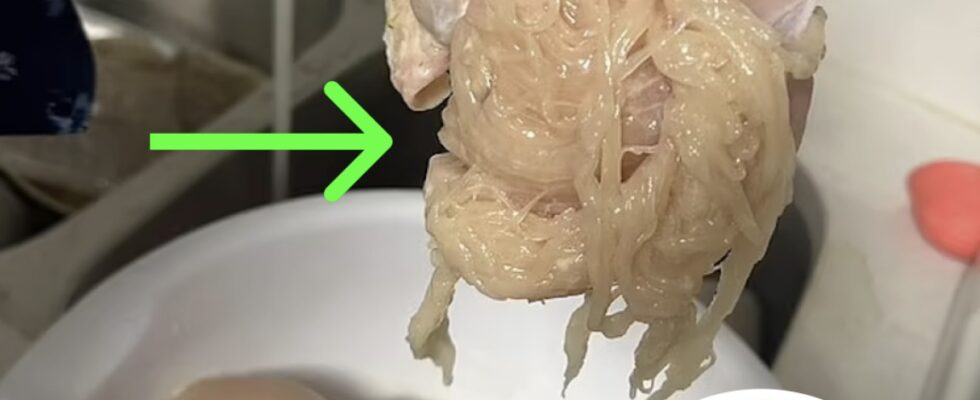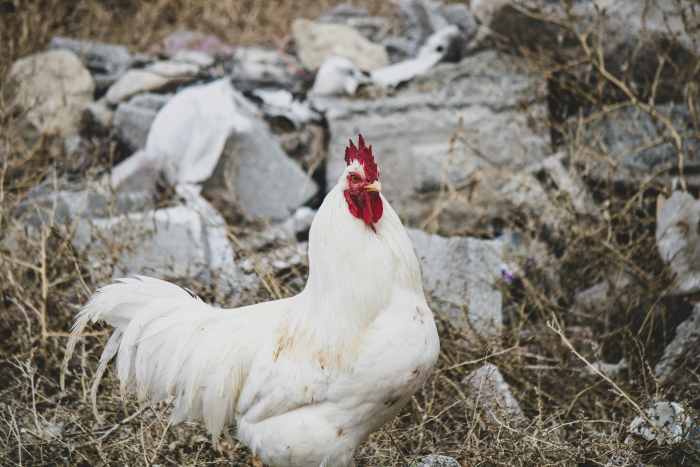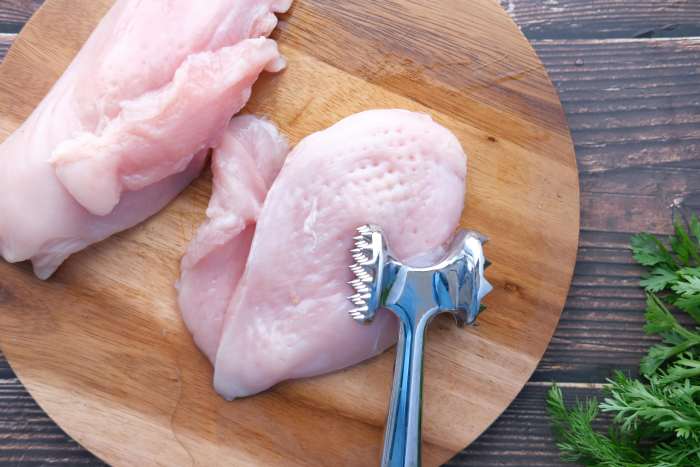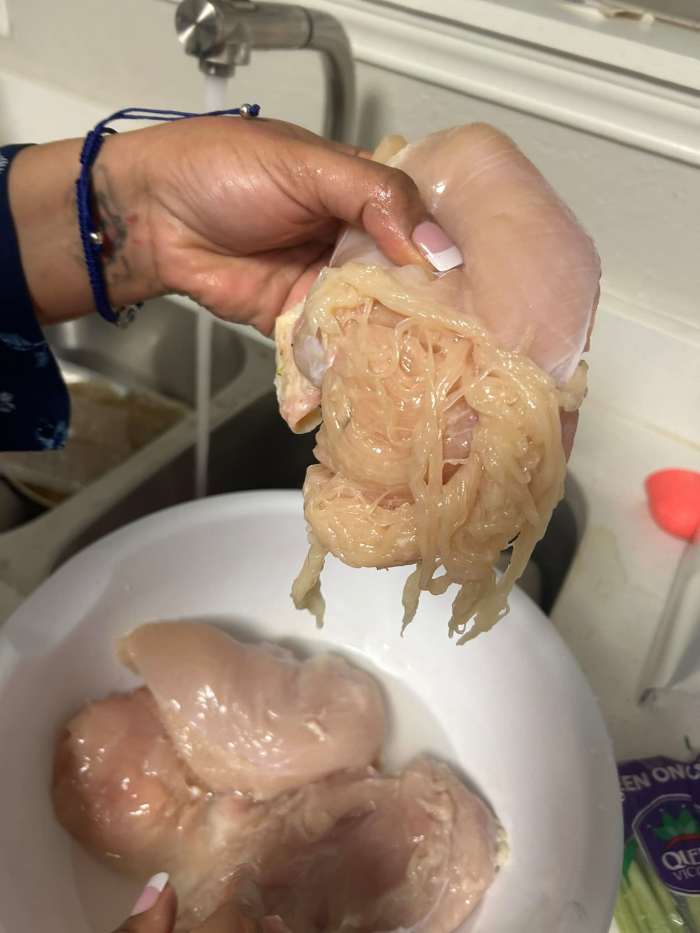A Texas mom sparked widespread disgust online after sharing her unsettling experience with what experts call “spaghetti meat” chicken. The viral post, which surfaced on X (formerly Twitter), has left many questioning the quality of poultry sold in stores.
However, experts were quick to clarify the phenomenon. What Cooper encountered wasn’t “fake meat” but a condition known as spaghetti meat, which occasionally affects commercially farmed poultry.
The National Chicken Council reports that chickens today grow at nearly twice the speed they did 50 years ago. In 1925, Chickens Took Over 100 Days to Reach Just 2.5 Pounds. By 2022, chickens reached 6.56 pounds in just 47 days. While this efficiency increases meat production, it also contributes to quality issues like spaghetti meat and a similar condition known as “woody breast,” where the meat becomes tough and leathery.
Although the texture may be unappealing, experts assure consumers that spaghetti meat is still safe to eat, though it might be chewier than usual.
Cooper’s post, along with grim photos of the stringy meat, drew strong reactions. “I hesitated to share this, but if I had to see it, so do you,” she wrote. The images sparked a mix of horror and curiosity among viewers, many of whom were unaware of the phenomenon.
Some fast-food chains and grocery stores, like Wendy’s and Whole Foods, are responding to consumer concerns. They’ve begun sourcing slower-grown chickens, arguing that these birds offer better texture and taste.
According to Dr. Massimiliano Petracci, an agriculture and food science professor at the University of Bologna, fast-growing chickens are more prone to these abnormalities. Researchers first documented spaghetti meat in 2015, and by 2019, it was detected in 4-5% of chicken breast samples.
For many consumers, the discovery of spaghetti meat highlights the hidden consequences of modern farming practices—and why some are demanding higher standards in poultry production.




